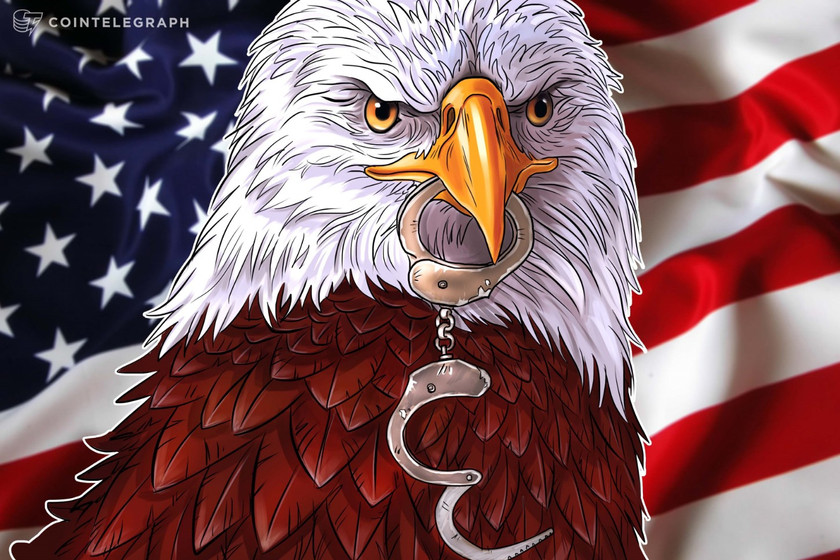The blockchain-based startup Fishcoin plans to apply decentralized ledger technology (DLT) to seafood supply chains, linking fishermen and fish farmers at the point of harvest to global seafood supply chain actors, ranging from distributors, processors, wholesalers and retailers. The company aims to apply blockchain technology to bring traceability to the seafood industry and create an ecosystem which could allow seafood producers and supply chain intermediaries to get rewards via microtransactions.
The startup is mostly known for its parent company, Eachmile Technologies, whose founders developed and launched a mobile application for fishermen called mFish. The app is designed for small-scale fishers and allows them to electronically record their catch, learn about best practices and receive valuable information on weather and market conditions, such as fish prices at ports.
The importance of the mFish initiative was emphasized by then-Secretary of State John Kerry during a keynote address at the 2014 Our Ocean conference in Washington, D.C. According to the company, mFish was successfully adopted by over 80 percent of the just-over 1,800 pilot fishermen, who became paying mobile subscribers in the first pilot in late 2016. From 2017 onward, Eachmile has been reimagining mFish as a tool for small scale fishers and fish farmers to share data with the Fishcoin blockchain network.
Fish-loving blockchain
The Fishcoin white paper describes the seafood industry’s problems as partially rooted in supply chain inefficiencies. It says that up to 50 percent of fish are discarded or wasted within supply chains.
“By tracing a batch of seafood back to the point of capture, we can verify whether the seafood was legally harvested, grown or processed when cross-referenced with data, such as vessel tracking and identification, permit numbers [and] input/output data for mass balance assessment,” commented Jayson Berryhill, of Eachmile Technologies, in an interview with The Economist’s World Ocean Initiative.
The 2016 United Nations Food & Agriculture Organization’s Report estimates that illegal, unreported and unregulated (IUU) fishing across the world’s oceans weighs in at around 11–26 million tons of fish each year — worth $10–23 billion. It should also be noted that approximately a third of global fish stocks are overfished.
In order to resolve these issues, Fishcoin offers the idea of applying blockchain-based traceability principles to the seafood industry. That, according to the startup team, will help the entire ecosystem of stakeholders — including fishers, fish farmers, fish processors, seafood exporters and governments — identify, verify and reward those that adopt the best practices.
Cultivating a community of developers
The Fishcoin team is also organizing the fifth annual Fishackathon, a U.S. Department of State initiative. Launched in 2014 around Secretary Kerry’s Our Ocean conference, together with the Fishcoin team, Fishackathon promotes the development of usable solutions that tackle worldwide fishing issues. This next event will focus on developing solutions for capturing and sharing data, using open platforms and blockchain. Early this year, the event attracted more than 3,500 participants from more than 30 countries across the globe. The 2019 two-day event is scheduled to begin on World Ocean Day, June 8.
The industry incentive
The Fishcoin model creates a mechanism for rewarding seafood producers and supply chain intermediaries through microtransactions — with the use of Fishcoin tokens. Despite what the name may suggest, the tokens are not a currency for trading seafood, but a “mechanism for incentivizing data capture and transmission in various forms, beginning with the Key Data Elements (KDEs) captured by fishers and fish farmers for the purpose of traceability,” reads the white paper.
The Fishcoin project is not based on a central company or entity. The project team states that Fishcoin tokens can act as both the incentive and the mechanism for data capture across seafood supply chains. The incentive mechanism is provided via partnership with the Groupe Spécial Mobile Association (GSMA) and telecommunication organizations in a number of developing nations, allowing the trade of Fishcoin tokens (FISH) for mobile airtime top-ups. The company claims to be the first crypto project to have involved the exchange of tokens for valuable mediums other than fiat currencies.
On June 26, 2018, Mark Kaplan — a Fishcoin Core team member — and Tara Norton — the managing director of supply chain sustainability from Business for Social Responsibility (BSR) in Europe — presented how the Fishcoin model could be applicable to supply chains in other industries as a “blueprint for supply chain transformation” at a AIM Progress members meeting.
According to the company’s website, data sharing will be incentivized via this ERC-20 compatible token. The flow of tokens will move from buyers to sellers in supply chains, rewarding those who make the extra effort to capture and communicate data.
“This shifts the economic burden to downstream actors, such as importers, wholesalers and retailers, especially in the developed markets, who benefit most from traceability,” reads the website.
Disclaimer. Cointelegraph does not endorse any content or product on this page. While we aim at providing you all important information that we could obtain, readers should do their own research before taking any actions related to the company and carry full responsibility for their decisions, nor this article can be considered as an investment advice.









